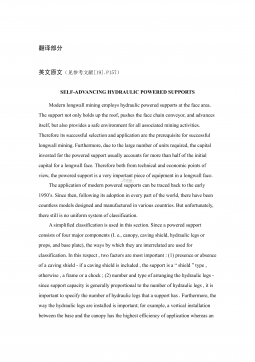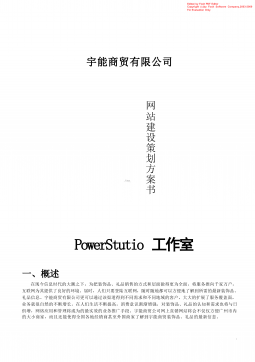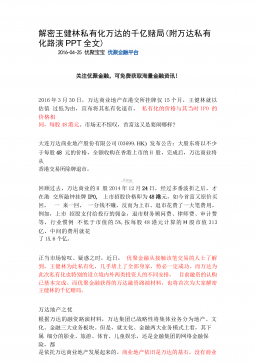转向系统的优化和分析外文文献翻译、中英文翻译
外文原文: Analysis and Optimisation of Steering Systems
Any mode of transportation used by people must have some means of control. For
the automobile, two primary control systems are at the driver's disposal: (1) the
steering system, and (2) the braking system.When the car needs to change directions,
the pilot through turned the steering wheel, steering moment, steering, via steering
shaft, horizontal bars and straight bars such as the steering trapezoid arm parts, and to
make the day deflection change of direction.For a car to turn smoothly, each wheel
must follow a different circle. Since the inside wheel is following a circle with a
smaller radius, it is actually making a tighter turn than the outside wheel. If you draw
a line perpendicular to each wheel, the lines will intersect at the center point of the
turn. The geometry of the steering linkage makes the inside wheel turn more than the
outside wheel.
Steering behavior
The requirements in terms of steering behavior can be summarized as follows:
1. Jolts from irregularities in the road surface must be damped as much as possible
during transmission to the steering wheel. However, such damping must not cause the
driver to lose contact with the road.
2. The basic design of the steering kinematics must satisfy the Ackermann conditions:
the extensions of the wheel axes of the left and right front wheels, when at an angle,
intersect on an extension of the rear axle.
3. When the steering wheel is released, the wheels must return automatically to the
straight-ahead position and must remain stable in this position.
4. The steering should have as Iow ratio as possible (number of steering-wheel turns
from lock to lock) in order to obtain ease of handling. The steering forces involved are
determined not only by the steering ratio but also by the front suspension load, the
turning circle, the suspension geometry (caster angle, kingpin angle, kingpin offset),
the properties of the tire tread and the road surface.
The steering ratio is the ratio of how far you turn the steering wheel to how far the
1
wheels turn. For instance, if one complete revolution (360 degrees) of the steering
wheel results in the wheels of the car turning 20 degrees, then the steering ratio is 360
divided by 20, or 18:1. A higher ratio means that you have to turn the steering wheel
more to get the wheels to turn a given distance. However, less effort is required
because of the higher gear ratio.
Generally, lighter, sportier cars have lower steering ratios than larger cars and trucks.
The lower ratio gives the steering a quicker response -- you don't have to turn the
steering wheel as much to get the wheels to turn a given distance -- which is a
desirable trait in sports cars. These smaller cars are light enough that even with the
lower ratio, the effort required to turn the steering wheel is not excessive.
Some cars have variable-ratio steering, which uses a rack-and-pinion gearset that has
a different tooth pitch (number of teeth per inch) in the center than it has on the
outside. This makes the car respond quickly when starting a turn (the rack is near the
center), and also reduces effort near the wheel's turning limits.
Steering gears are enclosed in a
casing known as steering gear box.
A steering box must have the
following qualities:
- no play in the straight-ahead
position,
-low friction, resulting in high
efficiency,
- high rigidity,
- readjustability.
For these reasons, two types have
become established:
Rack-and-pinion Steering
Basically, as the name implies, the rack-and-pinion steering consists of a rack and a
2
pinion, The steering ratio is defined by the ratio of pinion revolutions (steering-
¬wheel revolutions) to rack travel. Suitable toothing of the rack allows the ratio to be
made variable over the travel.
This lowers the actuating force or reduces the travel for steering corrections.
Rack-and-pinion steering is quickly becoming the most common type of steering on
cars, small trucks. It is actually a pretty simple mechanism. A rack-and-pinion gearset
is enclosed in a metal tube, with each end of the rack protruding from the tube. A rod,
called a tie rod, connects to each end of the rack.
The pinion gear is attached to the steering shaft. When you turn the steering wheel,
the gear spins, moving the rack.
The rack-and-pinion gearset does two things:
It converts the rotational motion of the steering wheel into the linear motion needed to
turn the wheels.
It provides a gear reduction, making it easier to turn the wheels.
On most cars, it takes three to four complete revolutions of the steering wheel to make
the wheels turn from lock to lock (from far left to far right).
The primary components of the rack and pinion steering system are:
3
摘要:
展开>>
收起<<
外文原文:AnalysisandOptimisationofSteeringSystemsAnymodeoftransportationusedbypeoplemusthavesomemeansofcontrol.Fortheautomobile,twoprimarycontrolsystemsareatthedriver'sdisposal:(1)thesteeringsystem,and(2)thebrakingsystem.Whenthecarneedstochangedirections,thepilotthroughturnedthesteeringwheel,steeri...
相关推荐
-
2023年机关党建、局机关(党委党组)党建工作总结及2024年工作计划2篇稿

 2023-11-03 523
2023-11-03 523 -
党支部2024年党建工作计划范文【两篇】
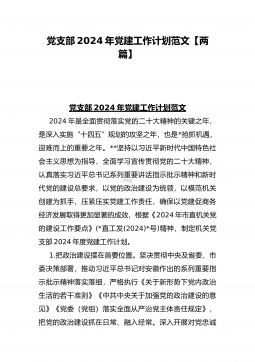
 2023-12-17 123
2023-12-17 123 -
2024年党支部党建工作计划与2024年党建工作要点工作计划范文(两篇)
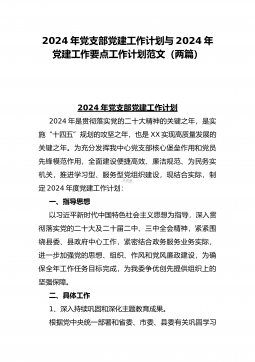
 2023-12-17 176
2023-12-17 176 -
2024年师德师风专题党课讲稿:坚定教育初心,争做优秀教师
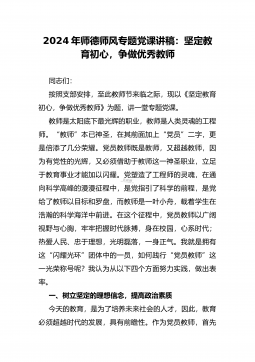
 2023-12-17 89
2023-12-17 89 -
2024年专题党课讲稿:深刻理解新时代党内集中学习教育的重大意义
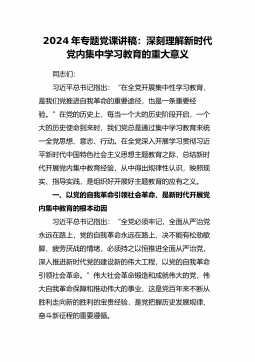
 2023-12-17 97
2023-12-17 97 -
2024年党课讲稿:铸牢中华民族共同体意识奋力推进高质量发展
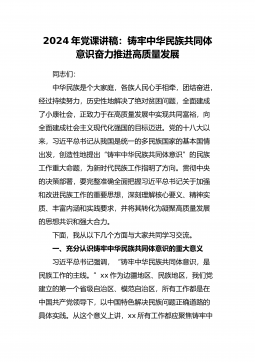
 2023-12-17 199
2023-12-17 199 -
基层党支部制定2024年党建工作计划范文与2023年局机关(党委党组)党建工作总结及2024年工作计划【两篇】
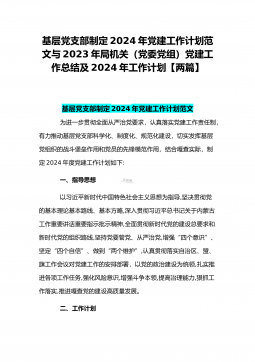
 2024-02-25 48
2024-02-25 48 -
2024年党建工作要点工作计划与党支部2024年党建工作计划文稿【两篇文】

 2024-02-25 45
2024-02-25 45 -
2024年党建工作要点工作计划与2023年党建工作总结及2024年工作计划【两篇】
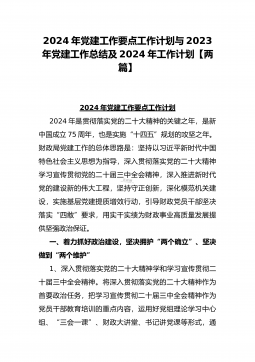
 2024-02-25 45
2024-02-25 45 -
2024年党建工作要点工作计划文稿与2024年学校党建工作计划【两篇】
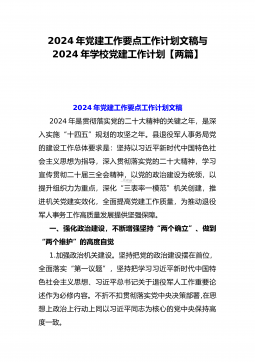
 2024-02-25 58
2024-02-25 58
作者:设计吧
分类:课程设计课件资料
价格:10光币
属性:12 页
大小:620.88KB
格式:DOC
时间:2023-02-13




